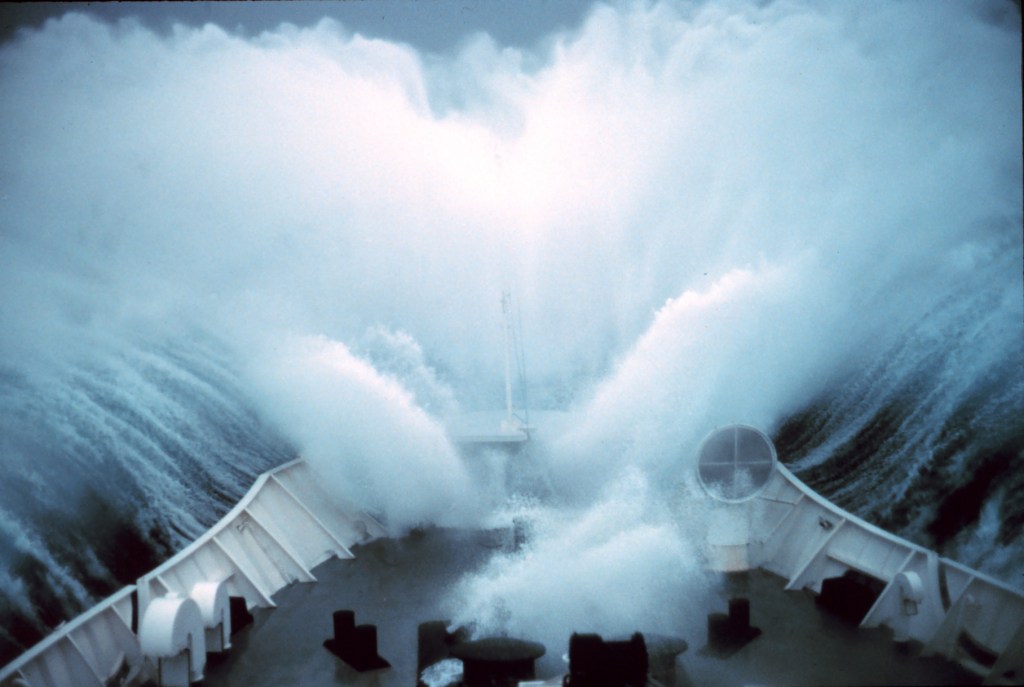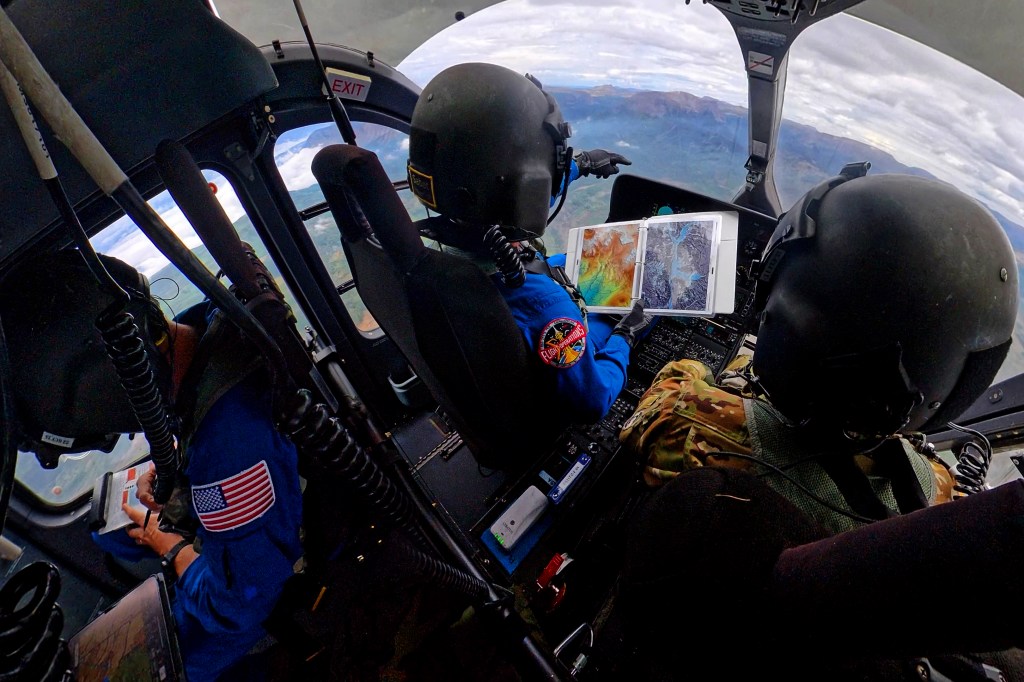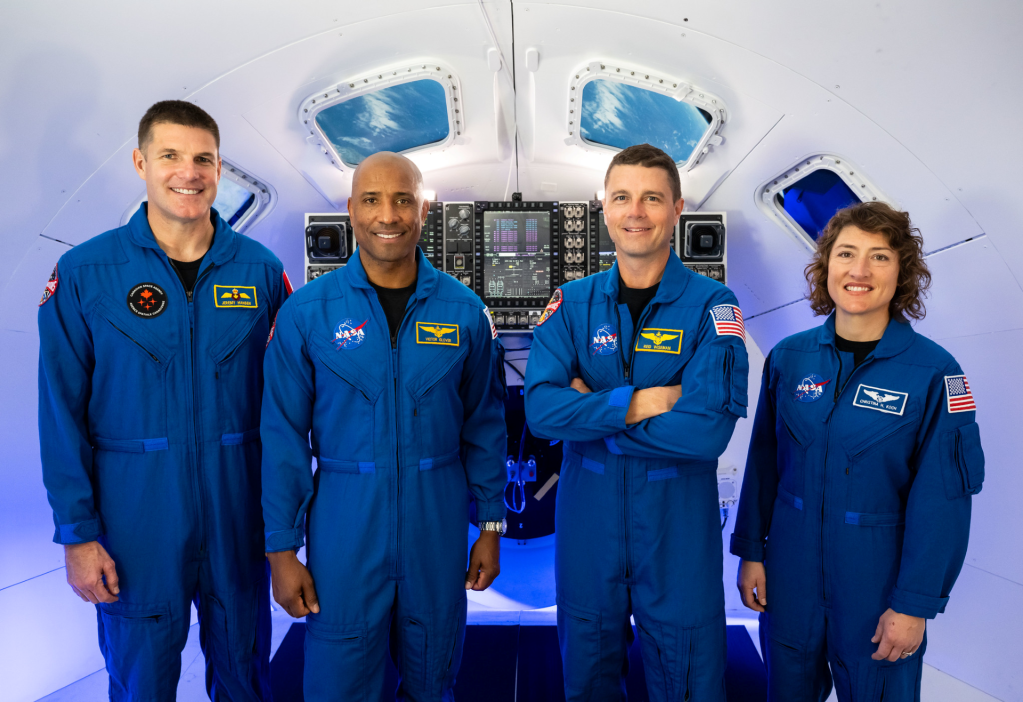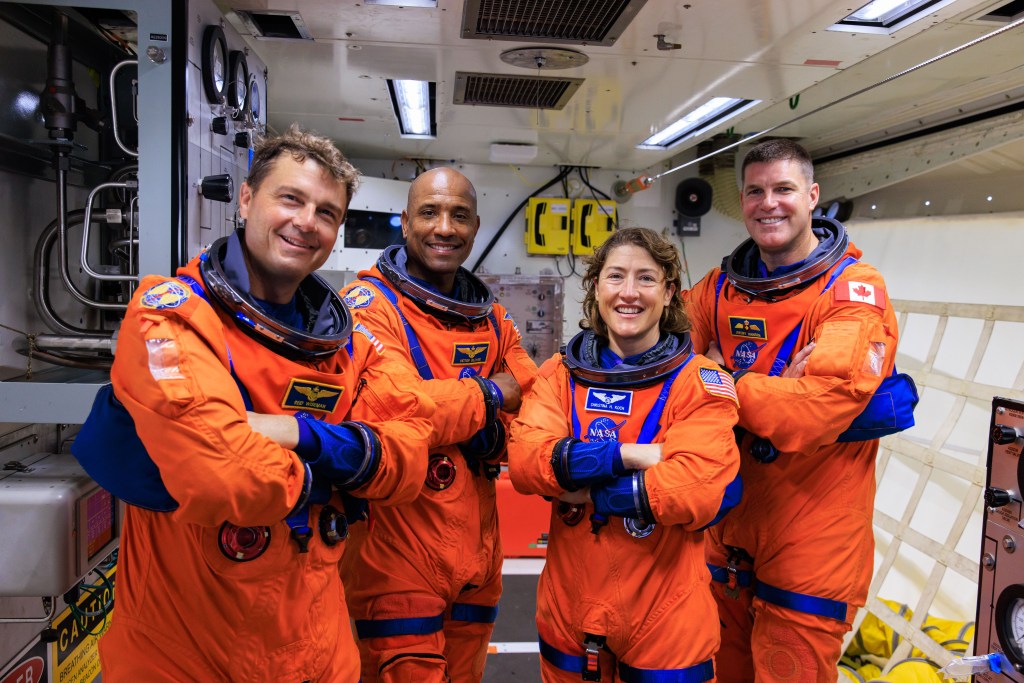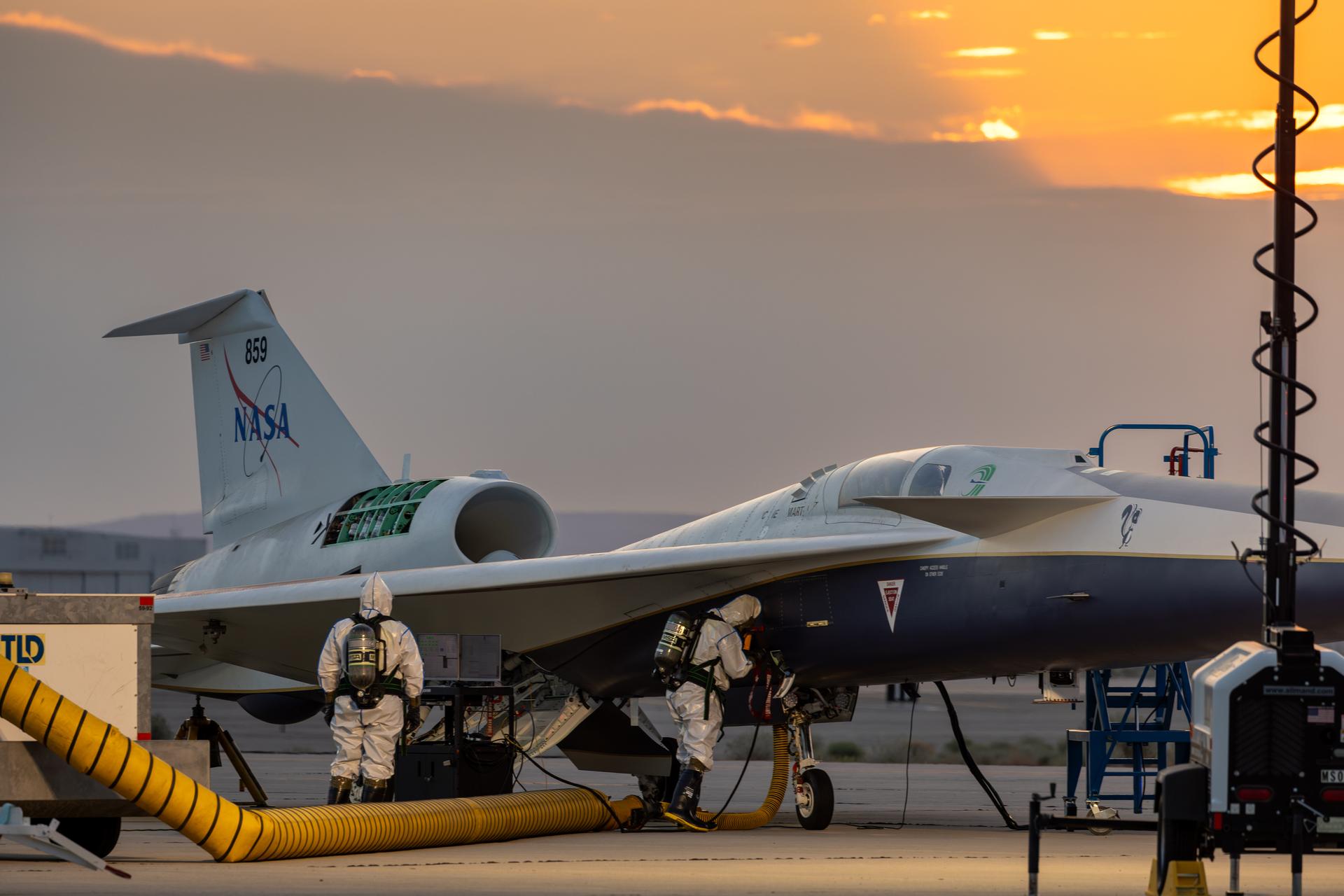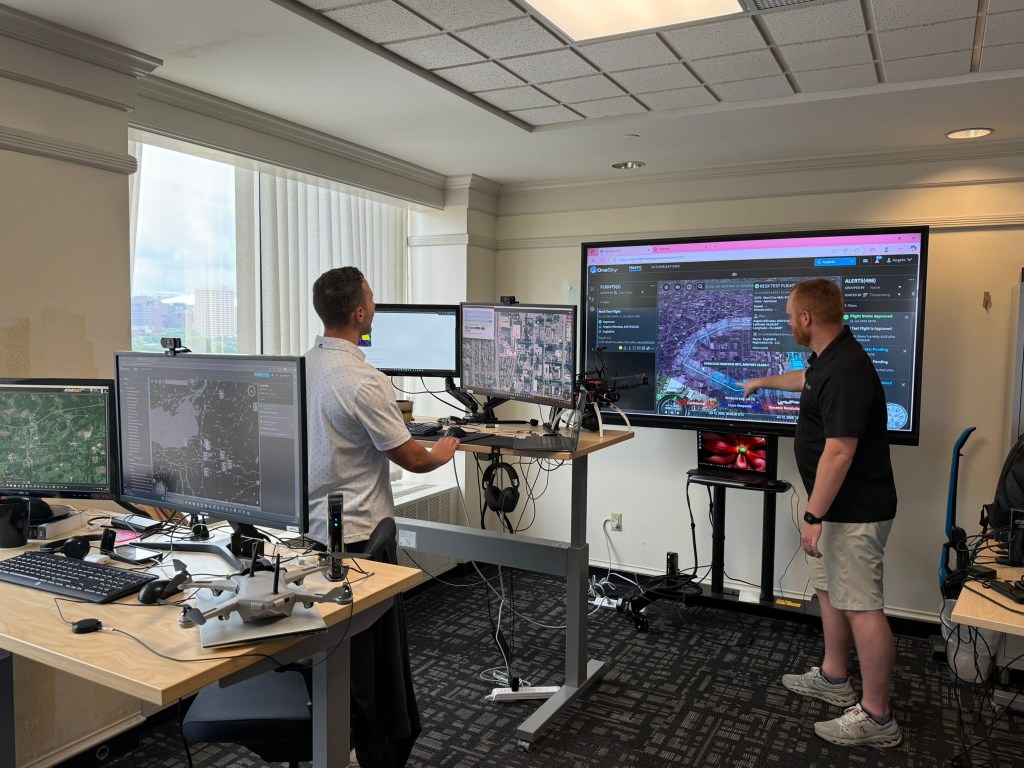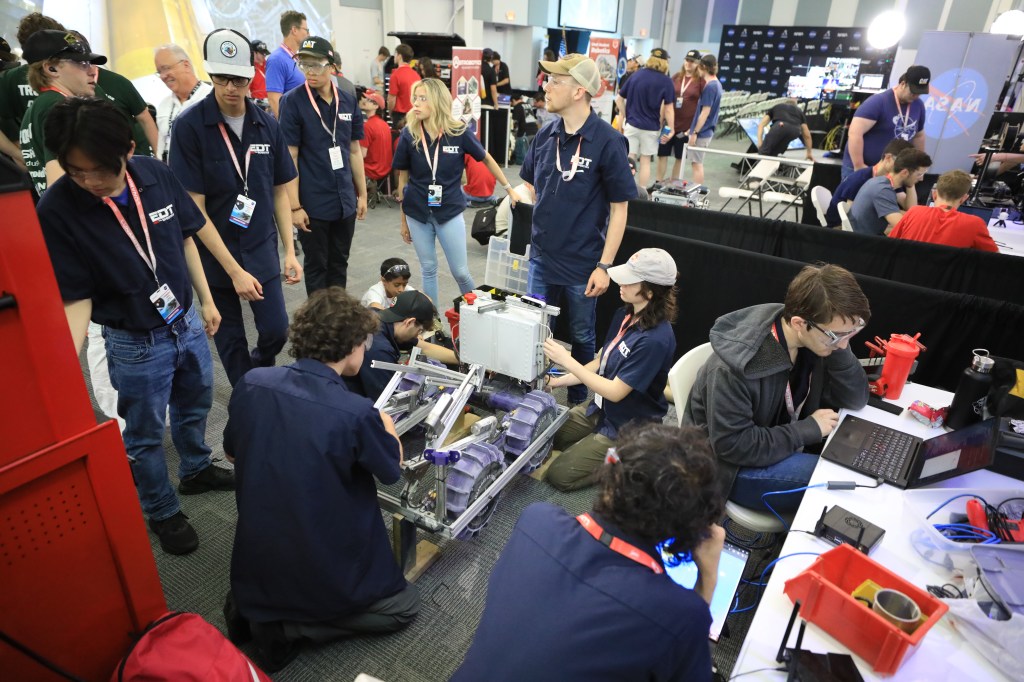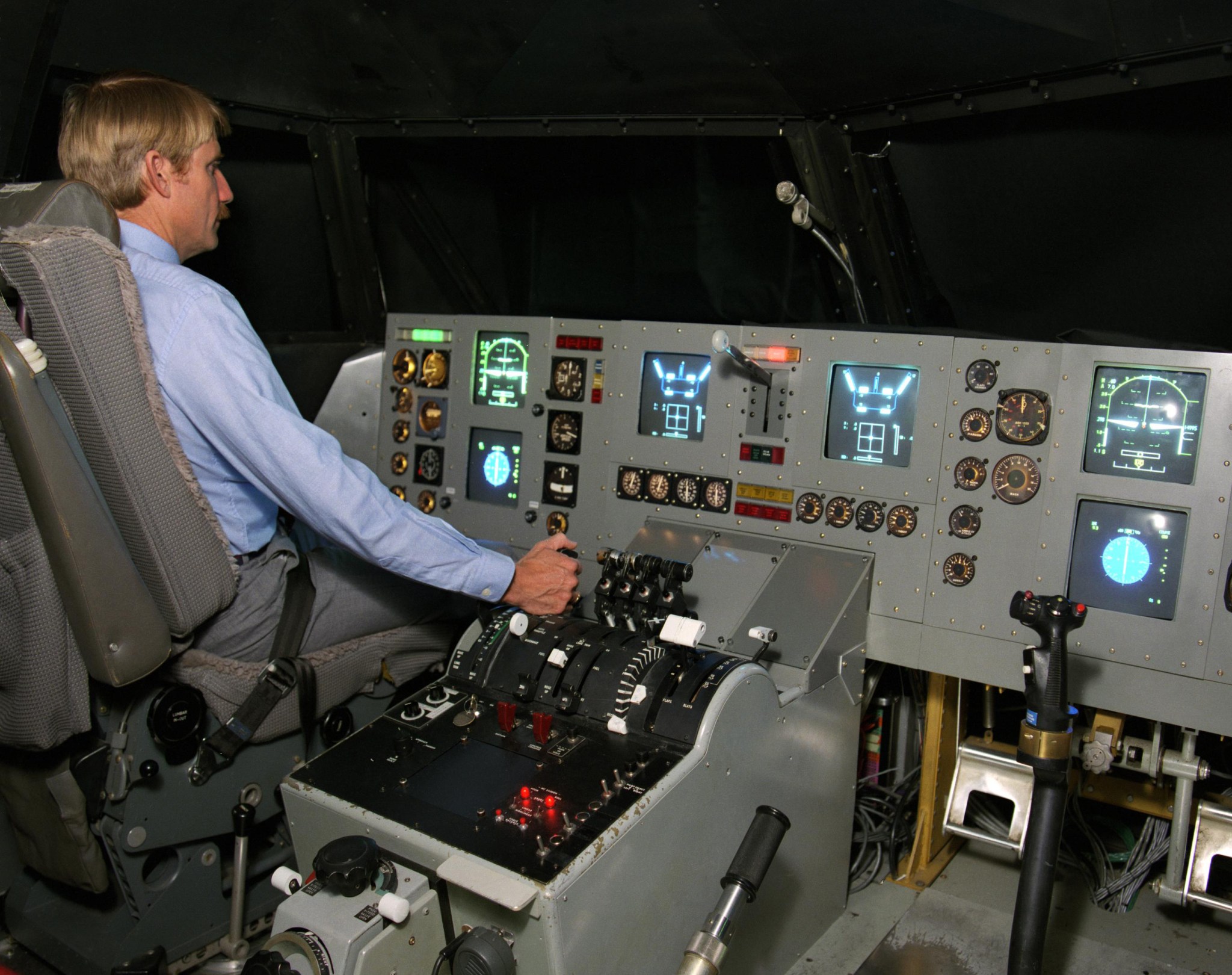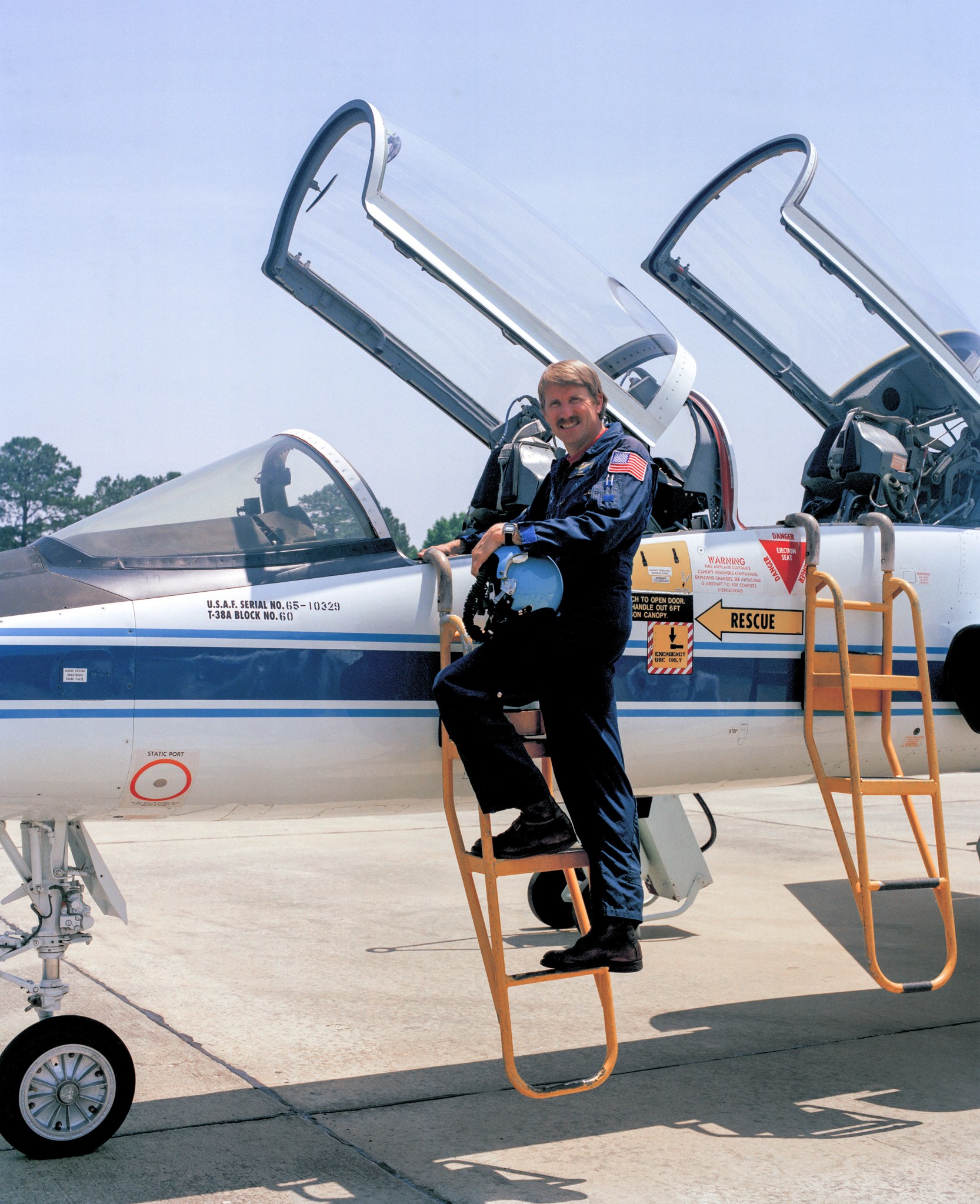A retired NASA pilot who has the distinction of being the only person in the world to have flown and tested both the Concorde and Russian TU-144 supersonic transports is being inducted into the Virginia Aviation Hall of Fame in Richmond.
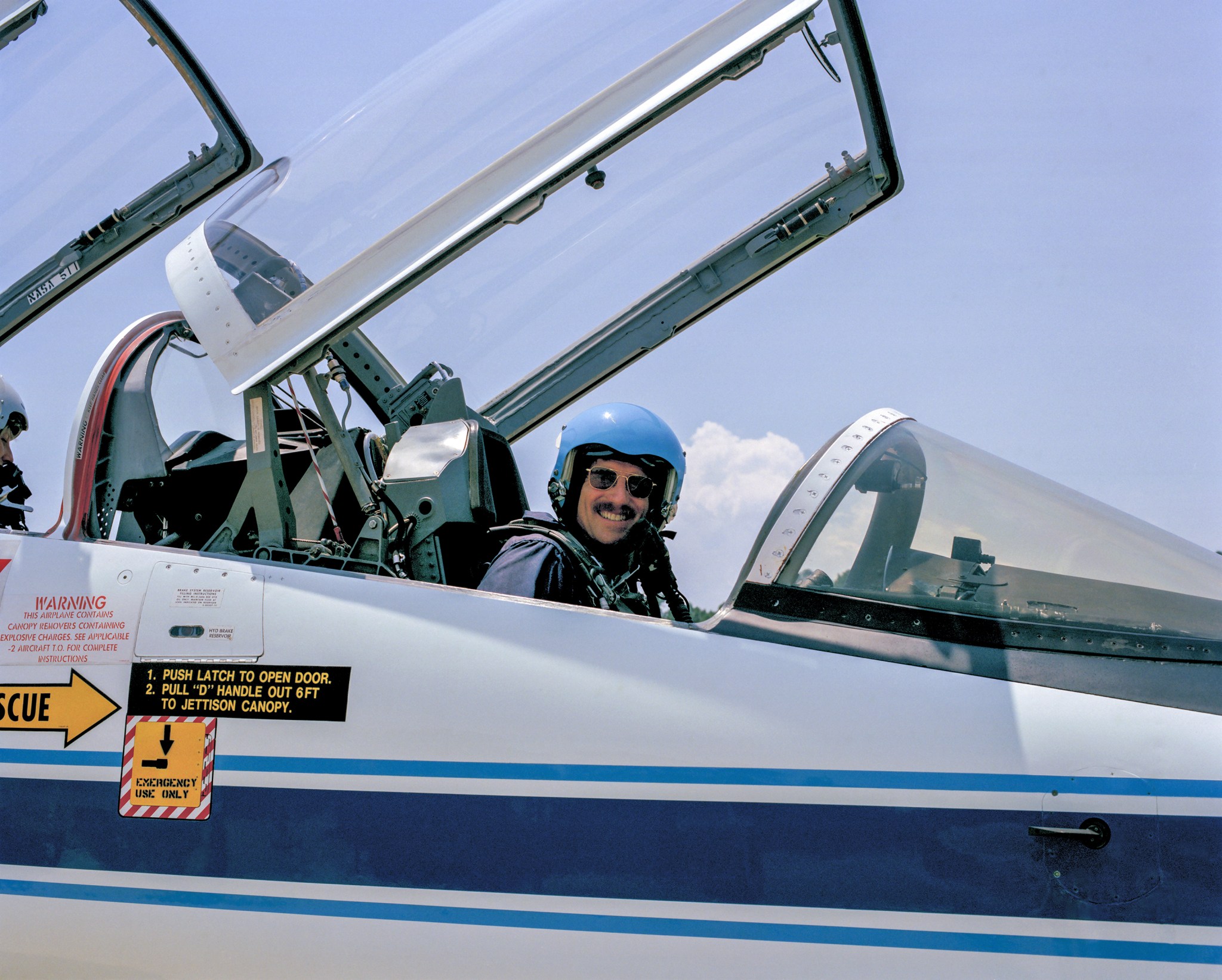
Robert A. Rivers spent 14 years from 1990 to 2004 as a research pilot at NASA’s Langley Research Center in Hampton, Virginia, as well as a number of years at NASA’s Johnson Space Center in Houston, Texas.
While at Johnson, Rivers taught astronauts how to land the space shuttle while flying the Shuttle Training Airplane and flew the WB-57 high-altitude research aircraft all over the world investigating global climate issues and testing satellite sensors. He was one of the first WB-57 pilots to successfully track a shuttle launch from pad to solid rocket motor separation with a sophisticated video tracking system flown at 65,000 feet.
At NASA Langley Rivers was the NASA project pilot for the High Speed Research Program established to design a new High Speed Civil Transport. He was also the lead NASA project pilot on many programs including the HL-20 Spaceplane (on which the Sierra Nevada Corp. Dreamchaser is based), Aircraft Synthetic Vision System, Small Aircraft Transportation System, NASA Wake Vortex Hazards and Atmospheric Sciences Earth Albedo.
“One of his greatest assets as a research pilot was his ability to describe in almost agonizing detail each maneuver he had just flown,” said Bruce Jackson, a retired NASA Langley engineer who worked with Rivers on a number of projects including the High Speed Research Program and HL-20. “He could tell you how the plane reacted, whether it was good or bad, and what parts of the technology under development needed improvement. He loved figuring out how things worked and trying to make things better.”
Rivers also authored or co-authored more than 25 technical papers and wrote two extensive case studies of NASA flight test programs for a two volume NASA special publication.
He has flown over 13,000 hours as pilot-in-command in more than 70 different aircraft types including the F-5, F-16, T-38, B-757, OV-10, and the NASA G-II/Shuttle Training Aircraft, as well as numerous general aviation aircraft. His many awards include NASA’s Aviation Professional of the Year Award for 2002, a NASA Exceptional Service Medal, a NASA Director’s Commendation, and numerous NASA Safety and Outstanding Performance Awards.
Rivers came to NASA from the U.S. Navy. As a fighter pilot, he flew 2,000 accident-free hours and accumulated more than 250 carrier-arrested landings in the Navy F-8 Crusader. He won the first International Tactical Reconnaissance Meet in 1981, competing against teams from the Air Force, Navy, Marines, Air National Guard, and Canadian Armed Forces.
A resident of Virginia for more than 21 years, Rivers received his Master’s Degree in Aerospace Engineering from the University of Virginia in 1985, and currently lives in Oxford, North Carolina.
Rivers joins four other NASA Langley pilots, Dick Yenni, 80, as well as Jim Patton, Phil Brown and Lee Person, all deceased, in the Virginia Aviation Hall of Fame, which was created in 1978 by the Virginia Aeronautical Historical Society to honor Virginians who have made significant and lasting contributions to aviation, while preserving their stories for future generations. Currently there are 120 members of the hall of fame honored at the Virginia Aviation Museum. The induction of the newest members, including Rivers, John Mazza, and Brig. Gen. David L. Young will be held November 14 at the museum in Richmond.
Kathy Barnstorff
Langley Research Center, Hampton, Va.
757-864-9886 / 757-344-8511
kathy.barnstorff@nasa.gov

